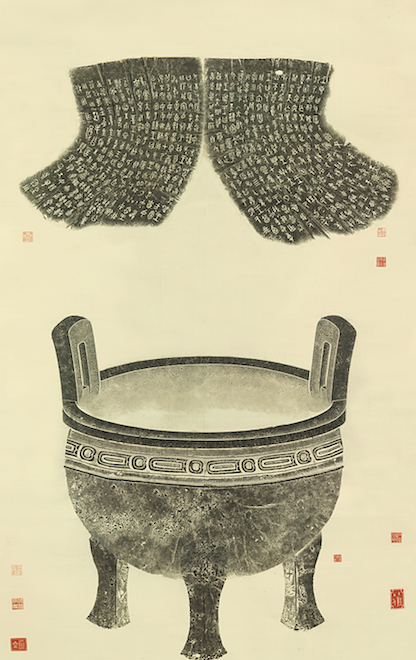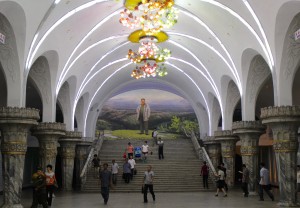Friday, May 27, 4:30 to 6:30pm, CWAC156
Stone Drums en route: Text, Thing and the Historical Narrative of Beijing in the mid-seventeenth Century
Naixi Feng
Ph.D. Student, East Asian Languages and Civilizations Department, University of Chicago

In 1403, Beiping was elevated to the capital of the Ming Empire and designated as “Bei-jing.” Later on, Beijing experienced a transformation from a military-oriented political center to a culturally significant place, representable and appreciable as a literary milieu. How was the cultural image of Beijing gradually built up in the ending years of the Ming (1368-1644) through literary sketches of urban life? I would like to use the largest book project on Beijing from the Ming dynasty, A Sketch of Sites and Objects in the Imperial Capital (帝京景物略, 1635) as the central material. Focusing on the first essay “the Stone Drums at the Imperial Academy,” this presentation will explore the role of ancient ritual objects in the creation of a legitimate and historically discursive past of Beijing in the final years of the Ming dynasty. I will pursue the following questions: In what ways did these ritual objects endow this previous capital of three non-Chinese regimes (Liao, Jin, Yuan) with an intelligible, legitimate and monumental past? What’s the power of those illegible and mythical characters inscribed on the stone surface? And how did the ritual objects balance the cultural statuses of Beijing in the whole country before and after the Yongle emperor relocated the capital to Beijing in 1403?
Friday, May 27, 4:30 to 6:30pm, CWAC156
Persons with concerns regarding accessibility please contact xizh@uchicago.edu








